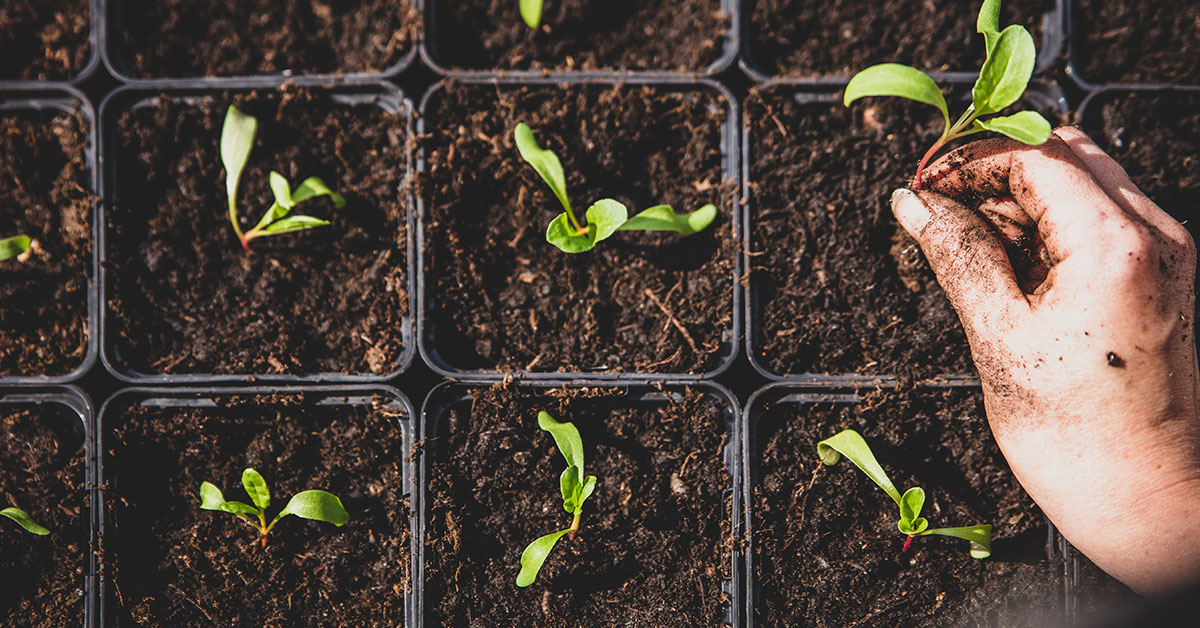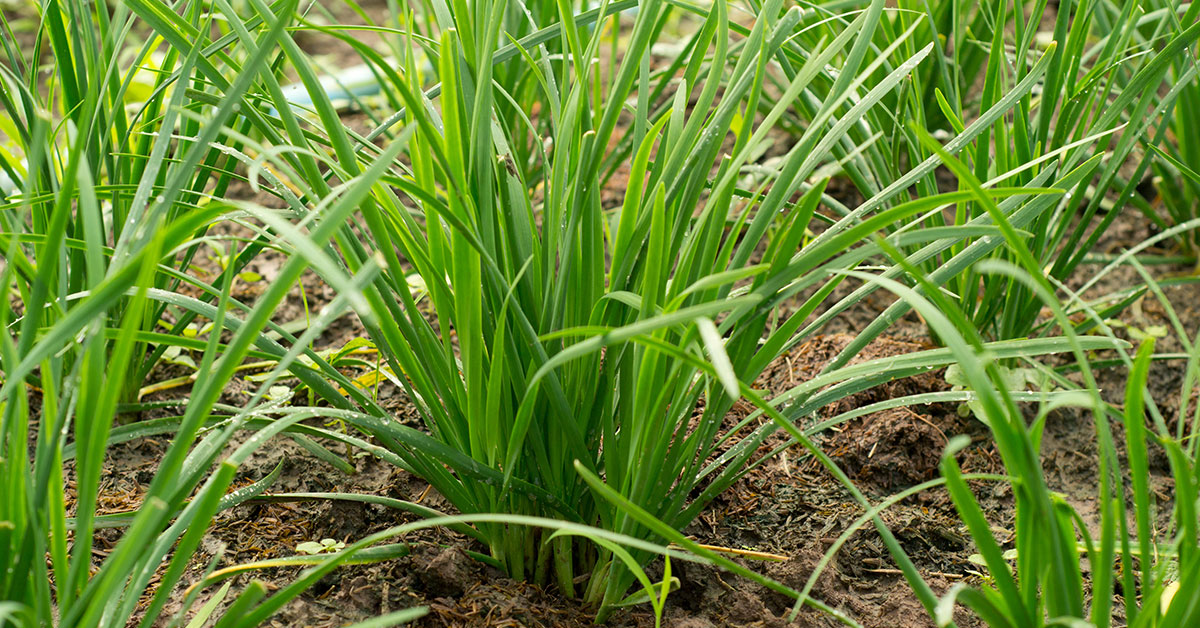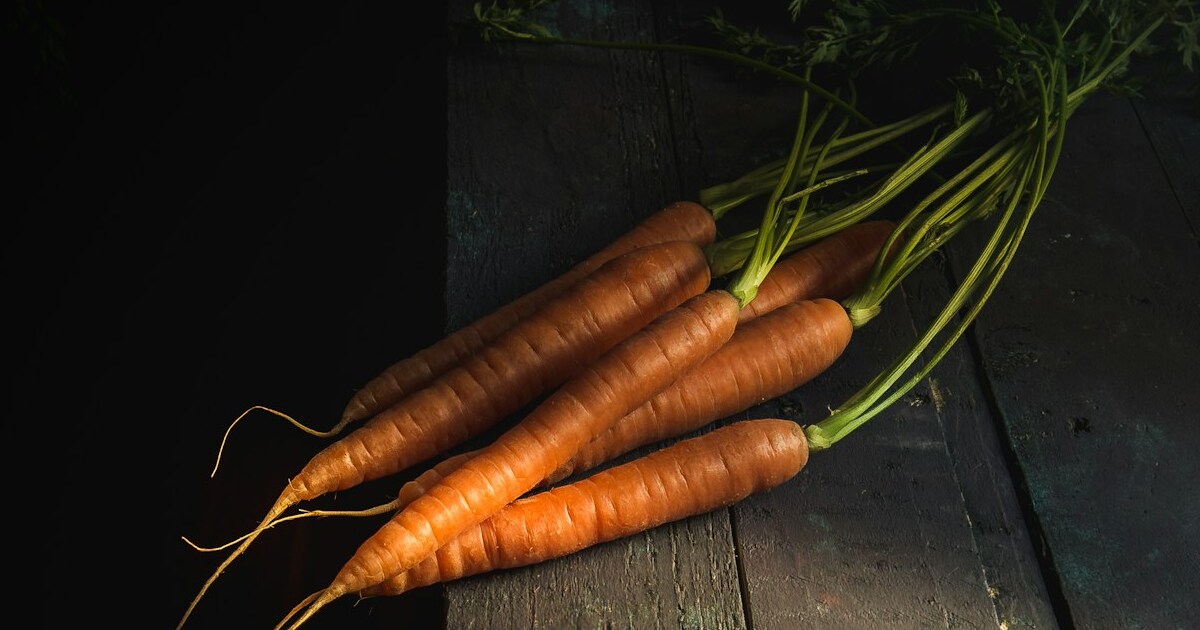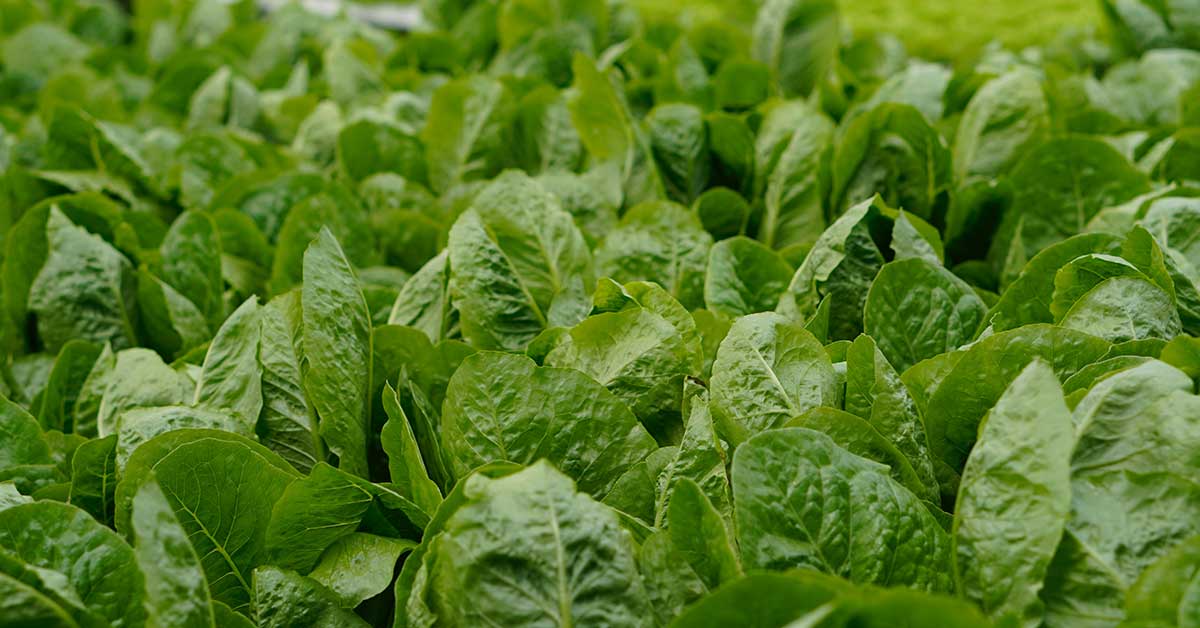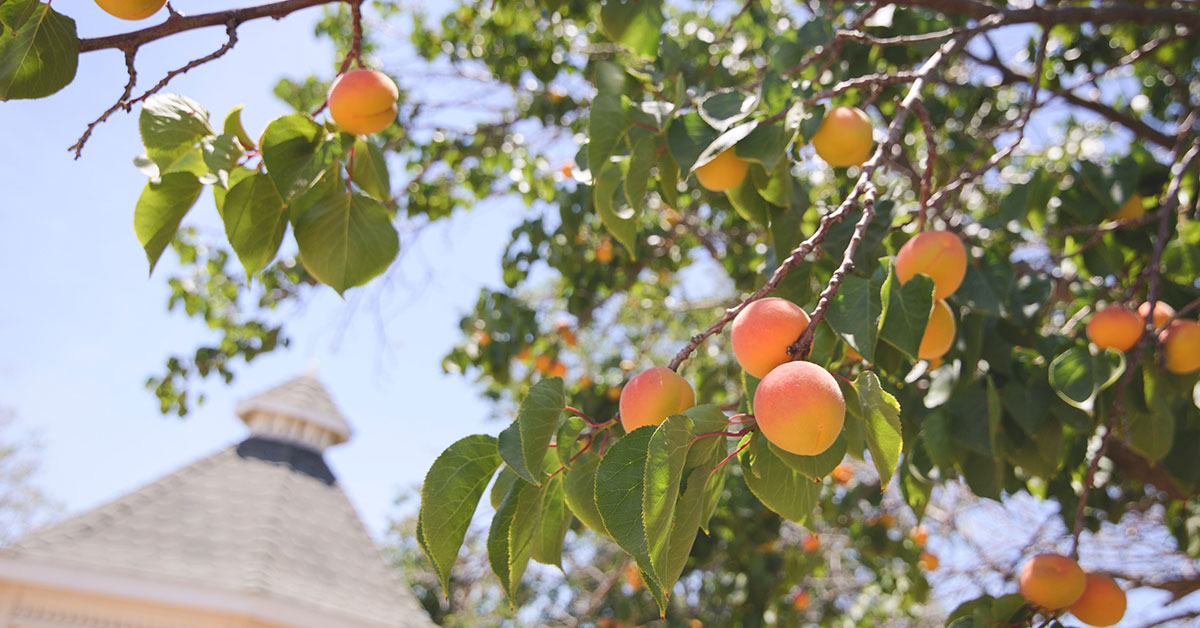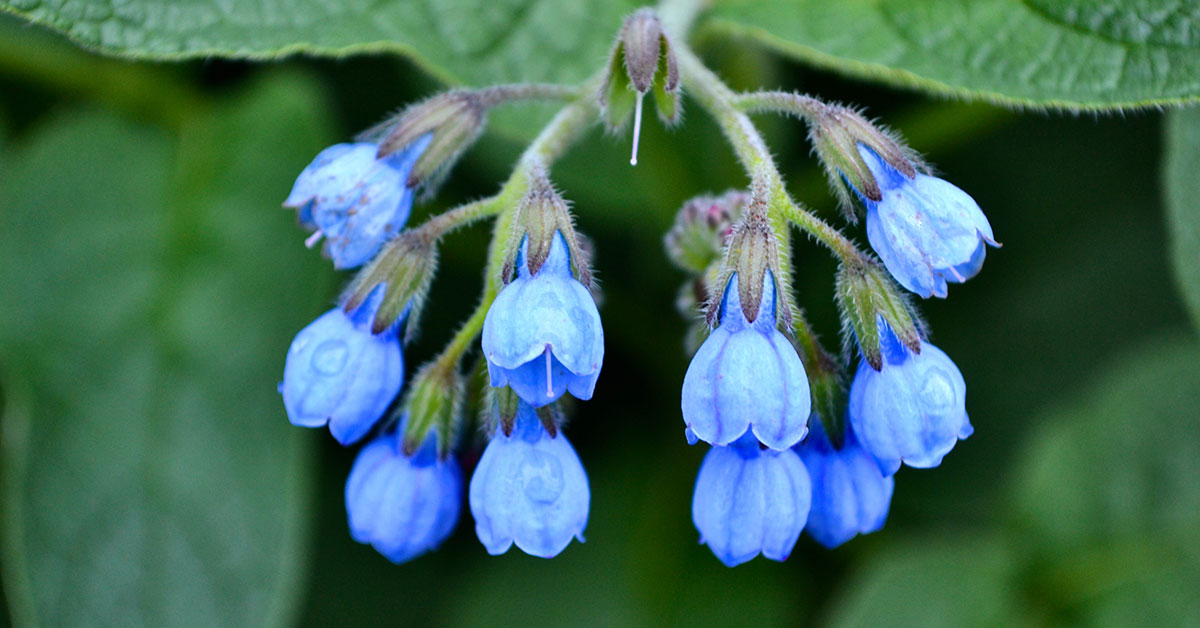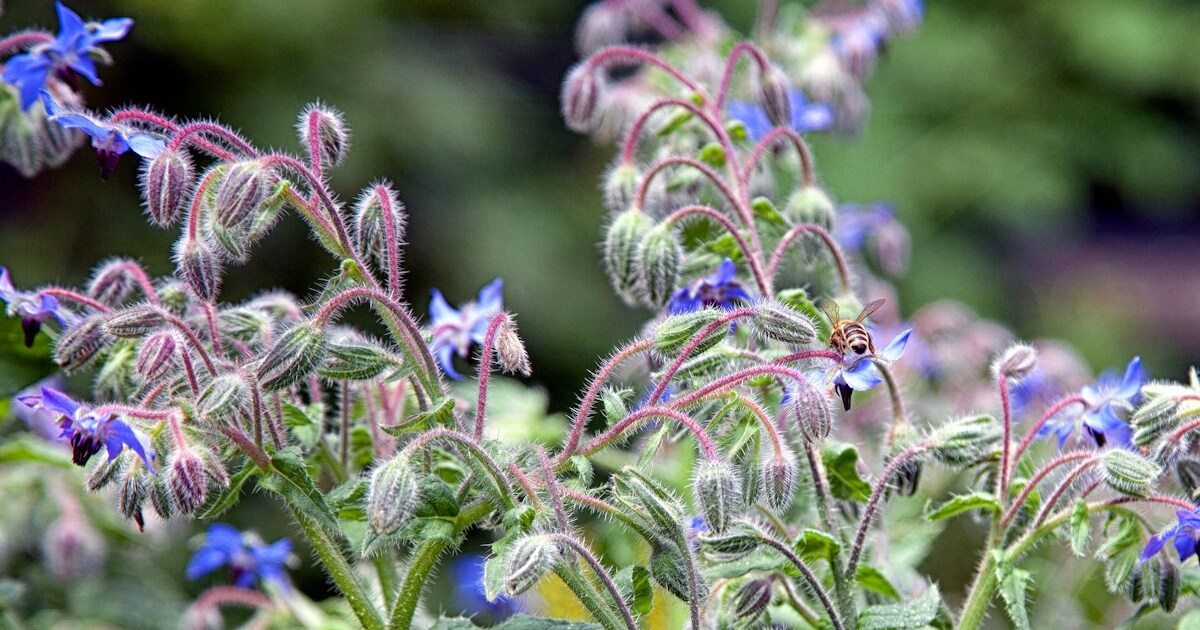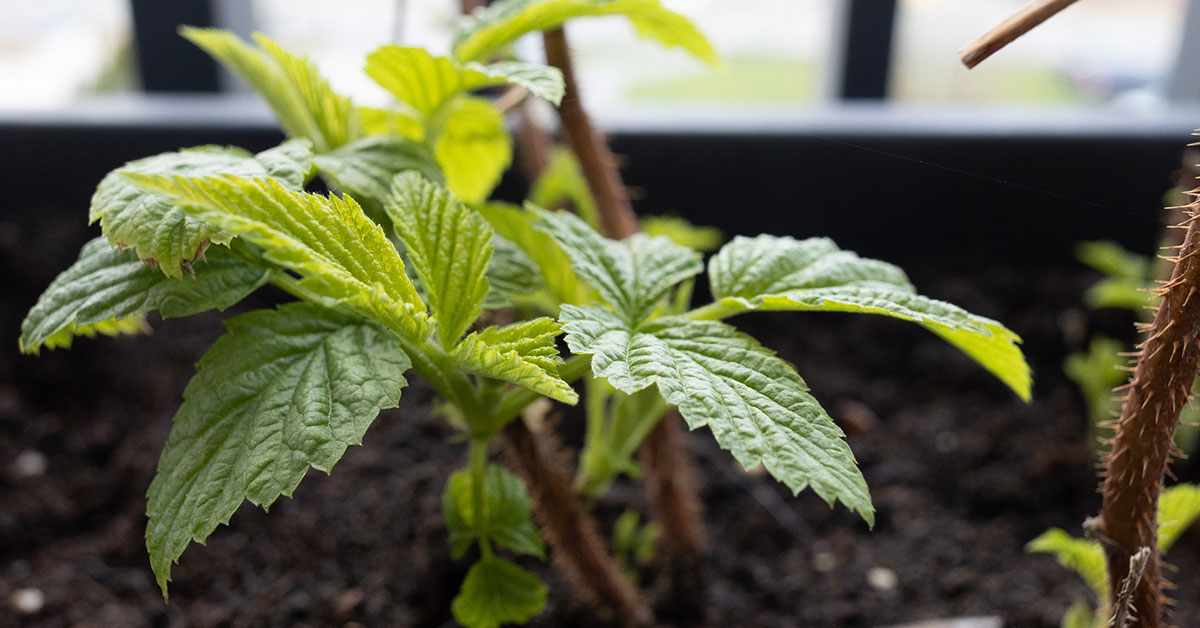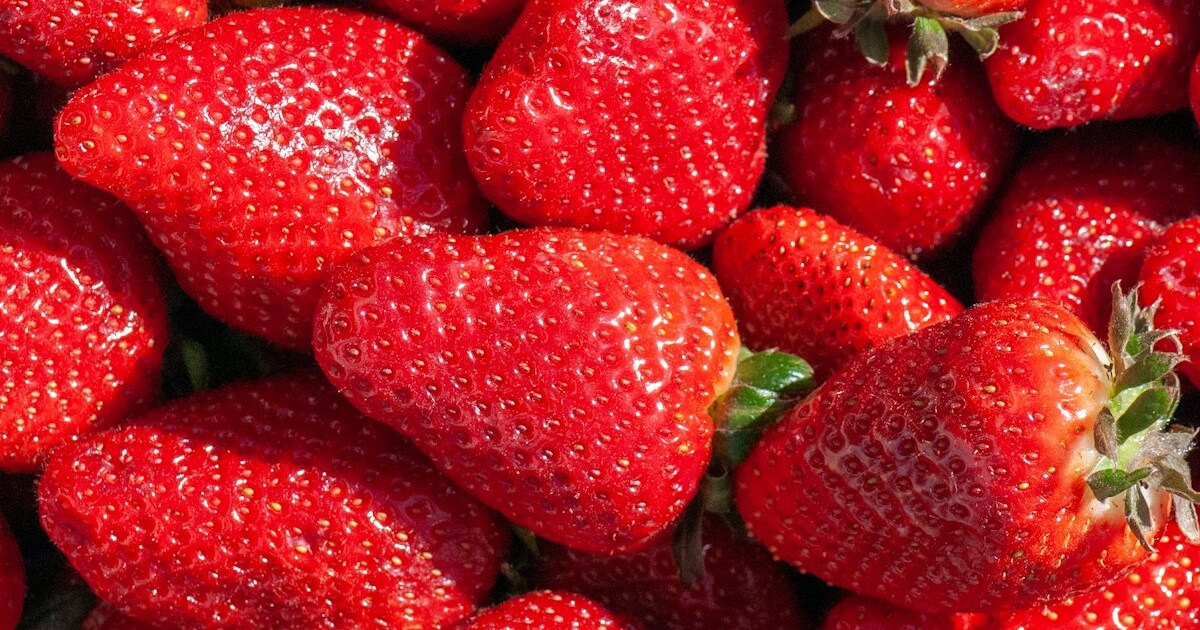Golden chard is a vibrant and delicious leafy green that is sure to brighten up your garden and your plate. Golden chard, also known as yellow or golden beet greens, is a variety of Swiss chard that offers a stunning burst of color with its vivid yellow stems and vibrant green leaves. This versatile vegetable not only adds visual appeal to your garden, but also packs a nutritious punch, providing an array of vitamins, minerals, and antioxidants.
In this article, we will delve into the fascinating world of golden chard, exploring its origins, cultivation tips, and the many ways you can enjoy and incorporate this delightful plant into your culinary creations. Whether you are a seasoned gardener or a beginner, this guide will equip you with all the knowledge and inspiration you need to successfully grow and enjoy golden chard in your own backyard.
What is a Golden Chard?
Golden Chard, also known as Swiss Chard or simply chard, is a leafy green vegetable that belongs to the beet family, along with spinach and quinoa. It is highly nutritious and offers a range of health benefits. Golden Chard gets its name from the vibrant golden yellow color of its stems and veins, which contrast beautifully with its dark green leaves. The leaves are large, glossy, and slightly textured, with a mild, earthy flavor. This variety of chard is prized not only for its appealing appearance but also for its nutritional value. It is rich in vitamins A, C, and K, as well as minerals such as iron, potassium, and magnesium. Golden Chard is also a good source of dietary fiber and antioxidants.
In terms of cultivation, Golden Chard is relatively easy to grow and can thrive in various climate conditions. It prefers well-drained soil and requires regular watering to keep the soil moist. It can be grown from seeds or transplants and is typically sown directly in the garden during spring or fall. Harvesting Golden Chard is a continuous process, as you can start picking the outer leaves once they reach a suitable size, while leaving the inner leaves to continue growing.
This allows for a prolonged harvest period. Golden Chard can be enjoyed in various culinary preparations. The leaves can be used raw in salads or cooked in stir-fries, soups, stews, or sautés. The stems, which are slightly sweeter and firmer than the leaves, can be cooked separately or added to dishes along with the leaves. Overall, Golden Chard is a versatile and nutritious vegetable that can be a wonderful addition to any garden or plate. Its vibrant color, mild flavor, and health benefits make it a popular choice for both beginner and experienced gardeners.
What does Golden Chard taste like?
Golden Chard, also known as Swiss Chard or Silverbeet, is a versatile and nutritious leafy green vegetable that has a mild and slightly earthy flavor. The taste of Golden Chard is often described as similar to spinach or beet greens, but with a slightly sweeter and more delicate undertone.
When cooked, Golden Chard maintains its tender texture and its flavor becomes more pronounced. It has a pleasant bitterness, similar to other dark leafy greens, but it is not overpowering. The sweetness in its taste becomes more apparent, especially when sautéed or steamed.
The leaves of Golden Chard are tender and have a slightly crisp texture, while the stems are crunchy and mildly fibrous. The stems have a milder flavor compared to the leaves, offering a subtle sweetness and a hint of nuttiness.
Overall, Golden Chard provides a delicious and balanced flavor profile that pairs well with a variety of ingredients and cooking methods. It can be enjoyed raw in salads, stir-fried with other vegetables, sautéed as a side dish, or even used in soups and stews for added nutrition and depth of flavor.
How to start from seed
Starting Golden Chard from seeds is a fairly simple process. Here’s a step-by-step guide to help you:
- Choose the right time: Golden Chard is a cool-season crop, so it’s best to start the seeds indoors about 4-6 weeks before the last expected frost date in your area. Alternatively, you can also sow the seeds directly in the garden once the soil can be worked in early spring.
- Gather supplies: You’ll need a seed tray or small pots, seed starting mix, seeds, a spray bottle, and a clear plastic cover or plastic wrap.
- Prepare the seed tray or pots: Fill the tray or pots with a good quality seed starting mix. Moisten the mix slightly, making sure it’s evenly damp but not soaking wet.
- Sow the seeds: Plant two to three seeds in each cell or pot, about 1/4 to 1/2 inch deep. Space the seeds about 2 inches apart.
- Provide moisture and warmth: Mist the soil surface gently using a spray bottle to avoid displacing the seeds. Cover the tray or pots with a clear plastic cover or plastic wrap to create a mini greenhouse effect. This helps retain moisture and warmth.
- Place in a suitable location: Golden Chard seeds require temperatures between 60-70°F (15-21°C) for germination. Find a warm spot, like a sunny windowsill or use grow lights if necessary.
- Monitor and maintain moisture: Check the soil regularly to ensure it stays consistently moist but not waterlogged. Mist the soil surface as needed to keep it moist.
- Germination: Golden Chard seeds typically germinate within 7-14 days. Once the seedlings emerge, remove the plastic cover or wrap.
- Provide adequate light: Move the seedlings to a location with bright, indirect light. If using artificial lights, keep them about 2-4 inches above the seedlings and adjust the height as they grow.
- Thin out the seedlings: Once the seedlings grow their first true leaves, thin them out by removing the weaker ones, leaving the strongest seedling in each cell or pot.
- Harden off the seedlings: About a week before transplanting them outdoors, gradually expose the seedlings to outdoor conditions. Start by placing them in a sheltered spot for a few hours a day, gradually increasing the time and exposure to direct sunlight.
- Transplanting: When the seedlings are around 4-6 weeks old and the danger of frost has passed, transplant them into the garden. Space them about 12-18 inches apart, with rows around 18-24 inches apart. Ensure the soil is well-drained and rich in organic matter.
- Care and maintenance: Water the transplanted seedlings regularly, keeping the soil consistently moist. Mulching around the plants can help retain moisture and suppress weeds. Golden Chard prefers full sun to partial shade and benefits from regular fertilization with a balanced organic fertilizer.
With these steps, you should be well on your way to growing healthy and vibrant Golden Chard plants in your garden.
Planting and growing Golden Chard
To plant and grow Golden Chard, here are the steps you can follow:
- Choose a suitable location: Golden Chard thrives in full sun to partial shade. Select a spot in your garden that receives at least 6 hours of direct sunlight each day. Ensure the soil is well-draining and rich in organic matter.
- Prepare the soil: Loosen the soil to a depth of about 8-10 inches using a garden fork or tiller. Remove any weeds, rocks, or debris from the area. Incorporate compost or well-rotted manure into the soil to improve its fertility and drainage.
- Planting seeds: Golden Chard can be grown from seeds or transplants. If sowing seeds directly, create furrows about ½ inch deep and space them about 12-18 inches apart. Sow the seeds thinly and cover them with a light layer of soil. Water gently to ensure the seeds are moist.
- Transplanting seedlings (optional): If you prefer to start with transplants, you can purchase them from a local nursery or start your own indoors 4-6 weeks before the last frost date. Transplant them into the garden when they have developed a few true leaves.
- Watering: Keep the soil consistently moist but not waterlogged. Water the plants deeply at the base to encourage strong root growth. Avoid overhead watering to reduce the risk of fungal diseases. Aim for about 1 inch of water per week, adjusting as needed based on weather conditions.
- Mulching: Apply a layer of organic mulch, such as straw or wood chips, around the plants. Mulching helps retain soil moisture, suppress weeds, and regulate soil temperature.
- Fertilizing: Golden Chard benefits from regular fertilization. Apply a balanced organic fertilizer according to the manufacturer’s instructions once a month. Alternatively, you can use compost or well-rotted manure as a natural fertilizer.
- Thinning and spacing: If you have sown seeds directly, thin the seedlings when they are about 2 inches tall. Leave a spacing of 6-10 inches between each plant to allow them room to grow.
- Harvesting: Golden Chard leaves can be harvested when they reach a desirable size, typically around 8-12 inches long. You can either cut individual leaves or harvest the entire plant by cutting it off at ground level. Regular harvesting promotes continuous growth.
- Pests and diseases: Golden Chard is generally resistant to many common pests and diseases. However, keep an eye out for slugs, snails, aphids, and leaf miners. Use appropriate organic pest control methods if necessary.
By following these steps, you should be able to successfully plant and grow your Golden Chard, enjoying its vibrant and nutritious leaves throughout the growing season.
When to harvest
The best time to harvest Golden Chard is when the leaves are fully grown but still young and tender. This typically occurs around 50-60 days after planting. You can start harvesting individual leaves as soon as they reach a size of about 6-8 inches in length. However, if you prefer a larger harvest, you can wait until the entire plant is mature and harvest it all at once. Just be sure not to let the leaves become tough and overly mature, as they can become bitter in flavor.


